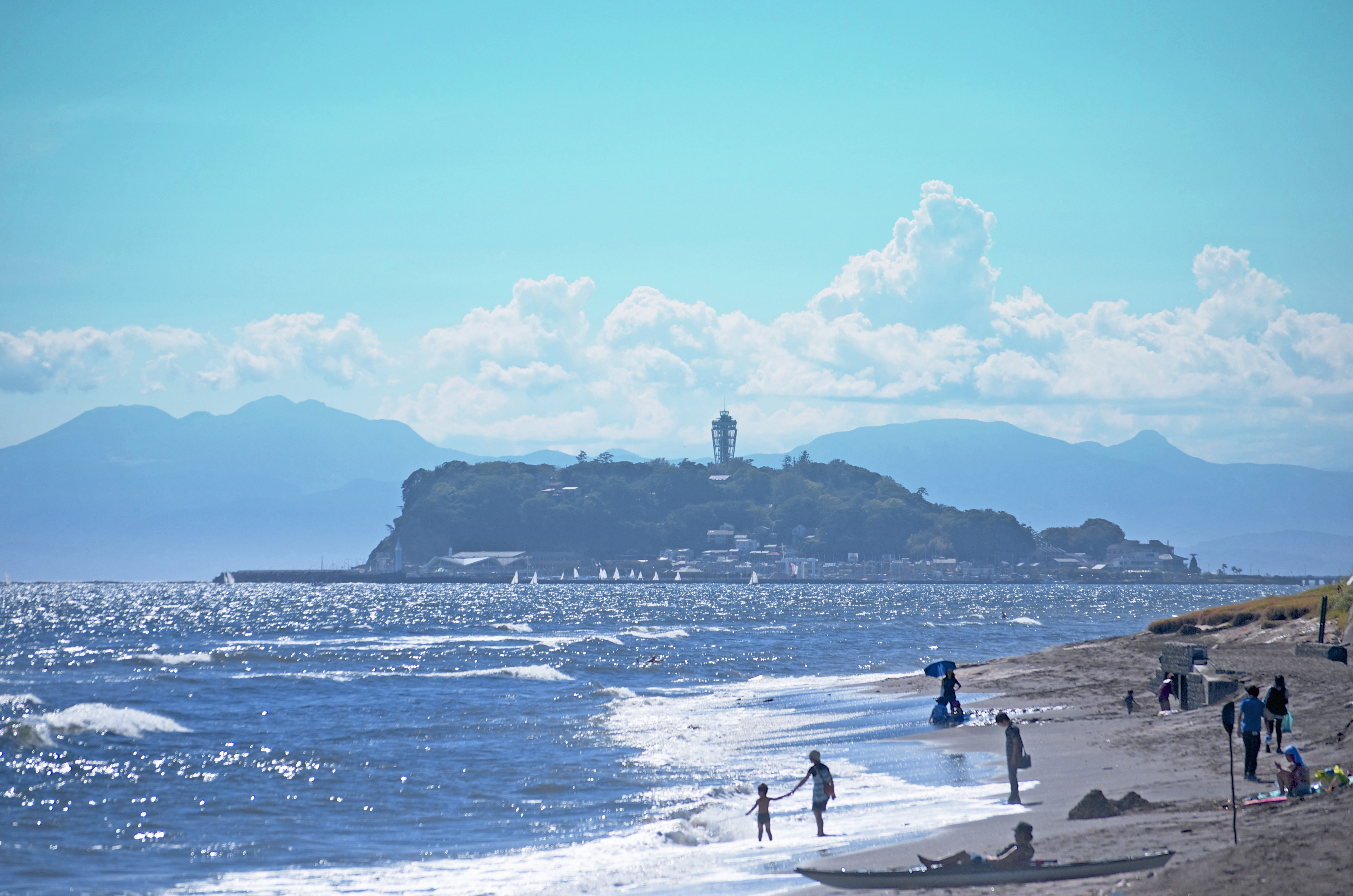There's a scene in Junichiro Tanizaki's serialized novel "Naomi" (originally titled "A Fool's Love") from 1924 where the besotted protagonist, Joji, watches his wife, Naomi — part Lolita, part Madame Bovary, all trouble — through the pine trees. Having just emerged from a seaside villa, she is sashaying across the sand in nothing more than a cloak and high heels; the pied piper to no less than four men. The beach is Kamakura's Yuigahama, which was a draw for moga — the new so-called modern girls who emerged after the 1923 Tokyo earthquake shook up the city and its culture. (The term "Naomi-ism" was also used at the time to describe the new phenomenon of modern girls, but I guess that one didn't stick.)
In her 2007 essay, "The Modern Girl as Militant," Miriam Silverberg describes this iconic female figure of the '20s as "A glittering, decadent, middle-class consumer," and, of course, she was a thorn in the side of "Joji's" across the nation.
The moga congregated in a number of places, but one of their main stomping grounds was Kamakura — a coastal town and district, located an hour by train from Tokyo. Today it's a bedroom community, peopled by those looking for a slower pace than Tokyo, full of cafes, organic restaurants and surf shops. These things — and Kamakura's old-town atmosphere — make it an attractive date spot for Tokyoites, while its trove of temples and shrines make it a popular excursion for foreign and local tourists alike.

















With your current subscription plan you can comment on stories. However, before writing your first comment, please create a display name in the Profile section of your subscriber account page.